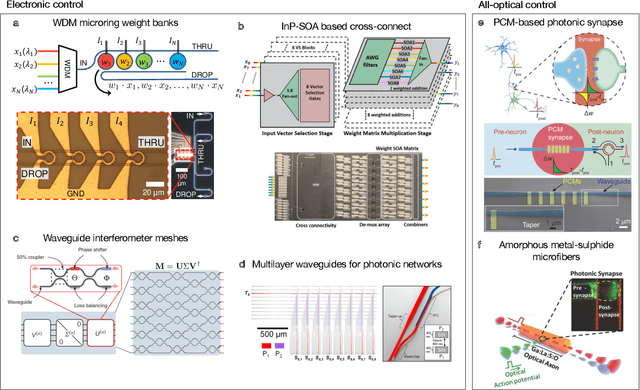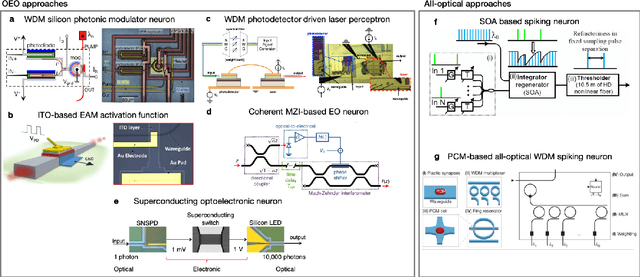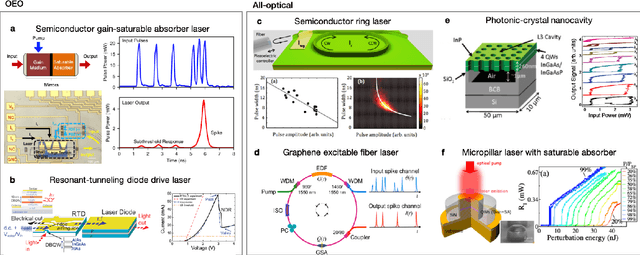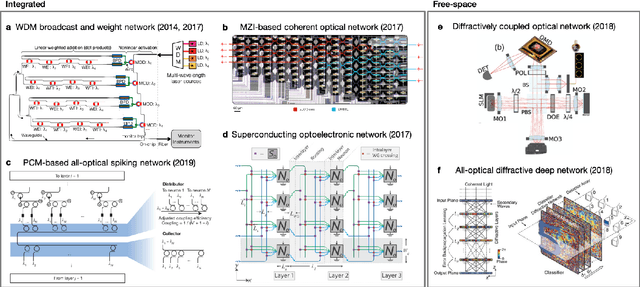C. David Wright
Monadic Pavlovian associative learning in a backpropagation-free photonic network
Nov 30, 2020



Abstract:Over a century ago, Ivan P. Pavlov, in a classic experiment, demonstrated how dogs can learn to associate a ringing bell with food, thereby causing a ring to result in salivation. Today, however, it is rare to find the use of Pavlovian type associative learning for artificial intelligence (AI) applications. Instead, other biologically-inspired learning concepts, in particular artificial neural networks (ANNs) have flourished, yielding extensive impact on a wide range of fields including finance, healthcare and transportation. However, learning in such "conventional" ANNs, in particular in the form of modern deep neural networks (DNNs) are usually carried out using the backpropagation method, is computationally and energy intensive. Here we report the experimental demonstration of backpropagation-free learning, achieved using a single (or monadic) associative hardware element. This is realized on an integrated photonic platform using phase change materials combined with on-chip cascaded directional couplers. We link associative learning with supervised learning, based on their common goal of associating certain inputs with "correct" outputs. We then expand the concept to develop larger-scale supervised learning networks using our monadic Pavlovian photonic hardware, developing a distinct machine-learning framework based on single-element associations and, importantly, using backpropagation-free single-layer weight architectures to approach general learning tasks. Our approach not only significantly reduces the computational burden imposed by learning in conventional neural network approaches, thereby increasing speed and decreasing energy use during learning, but also offers higher bandwidth inherent to a photonic implementation, paving the way for future deployment of fast photonic artificially intelligent machines.
Photonics for artificial intelligence and neuromorphic computing
Nov 12, 2020



Abstract:Research in photonic computing has flourished due to the proliferation of optoelectronic components on photonic integration platforms. Photonic integrated circuits have enabled ultrafast artificial neural networks, providing a framework for a new class of information processing machines. Algorithms running on such hardware have the potential to address the growing demand for machine learning and artificial intelligence, in areas such as medical diagnosis, telecommunications, and high-performance and scientific computing. In parallel, the development of neuromorphic electronics has highlighted challenges in that domain, in particular, related to processor latency. Neuromorphic photonics offers sub-nanosecond latencies, providing a complementary opportunity to extend the domain of artificial intelligence. Here, we review recent advances in integrated photonic neuromorphic systems, discuss current and future challenges, and outline the advances in science and technology needed to meet those challenges.
 Add to Chrome
Add to Chrome Add to Firefox
Add to Firefox Add to Edge
Add to Edge